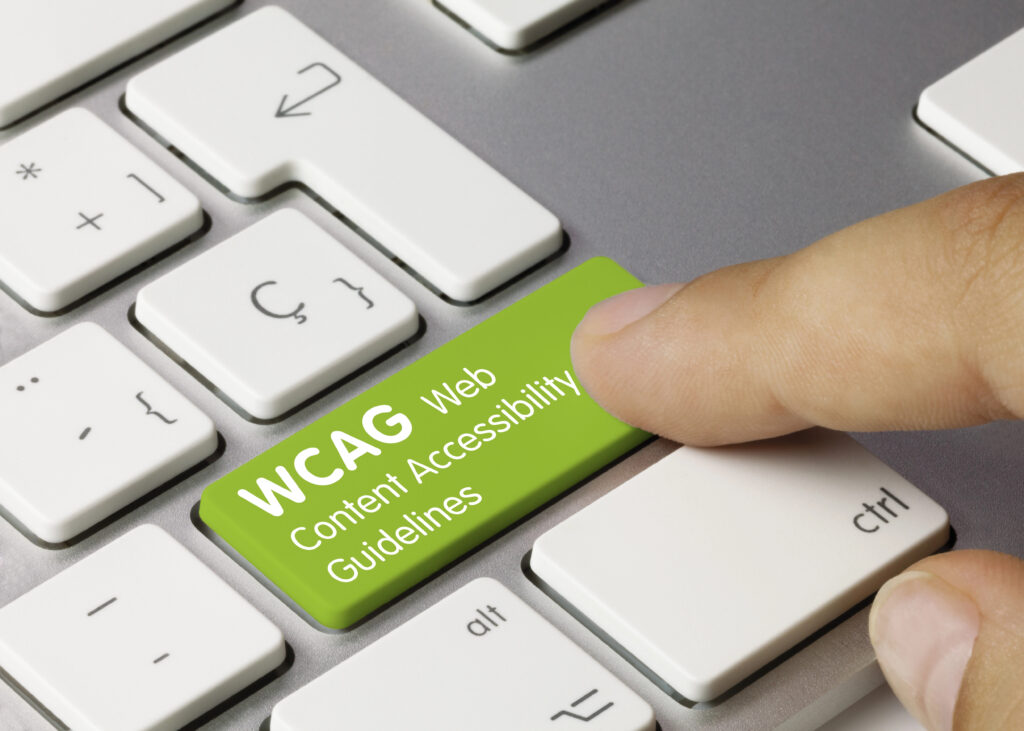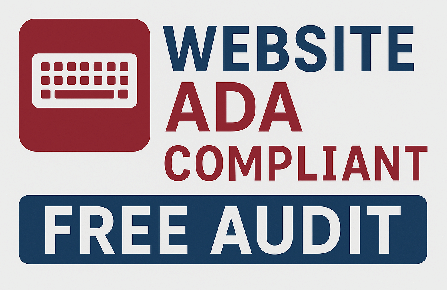See If Your Website Meets ADA Standards – Free Audit
WCAG Compliance Manual – Accessibility Standards Explained
WCAG (Web Content Accessibility Guidelines) define how websites should be designed to be accessible to all users, including people with disabilities. Following these guidelines ensures ADA compliance and reduces legal risks.

The Four Principles of WCAG (POUR)
- Perceivable: Users can perceive content.
- Operable: Navigation and interface are functional.
- Understandable: Content is clear and readable.
- Robust: Works across all devices and assistive technologies.
WCAG Levels – A, AA, AAA
- Level A: Minimum accessibility standards.
- Level AA: Mid-level compliance (most websites aim here).
- Level AAA: Highest accessibility standards (ideal but optional).
Why WCAG Compliance Matters for ADA Lawsuits
- Courts often reference WCAG when evaluating ADA cases.
- Compliance demonstrates proactive accessibility measures.
- Connects directly to legal risks and protection strategies.
How to Make Your Website WCAG-Compliant
- Start with a free ADA website audit.
- Implement recommended fixes for images, forms, color contrast, and navigation.
- Re-test regularly to maintain compliance.
